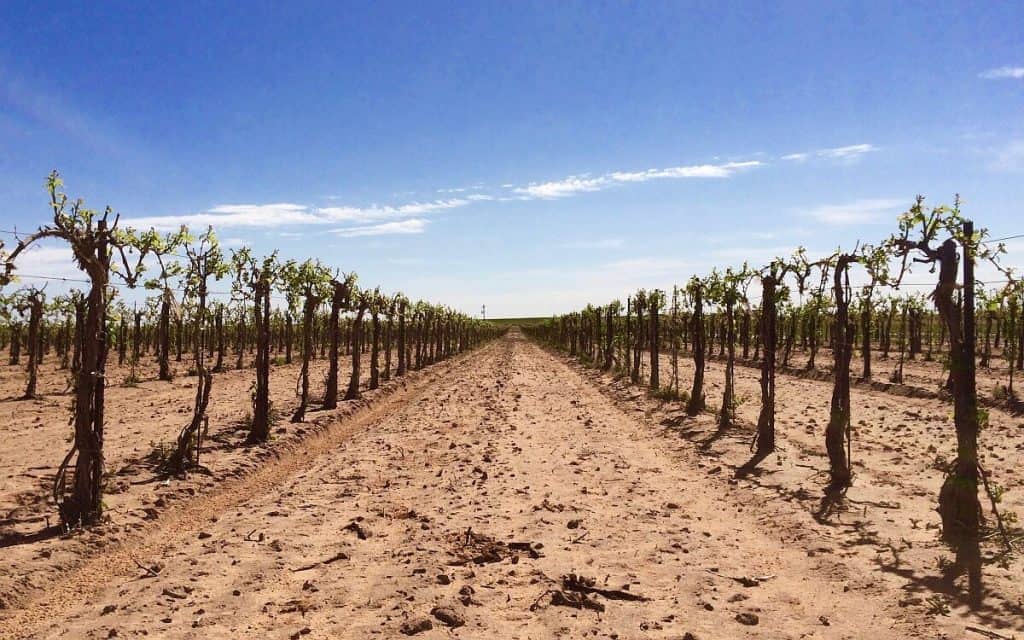The latest trend in wine is not a trend at all; instead, it’s a return to winemaking in its simplest form. Natural wines eschew commercialization and modernization in both the vineyard and in the winery. Essentially, it fulfills the European ideal of a winemaker as someone who “raises” wine that is a pure expression of the earth from which it came.
History of the Natural Wine Movement
The genesis of the natural wine movement began in the 1950s with Jules Chauvet, a chemist and fourth-generation winemaker in Beaujolais. He believed that herbicides, pesticides, and other chemicals damaged the health of the soil and prevented a wine from expressing its terroir. Instead, he championed natural yeasts and the minimal use of sulfur dioxide in the winery to achieve a wine of “pure origin.”
His philosophy spread to other winemakers in Burgundy and pioneering winemakers in the Loire Valley who lamented the poor health of their soils in the 1980s. Nicolas Joly is one of the leading figures of biodynamic winemaking who describes himself as an “assistant to nature assistant and not a winemaker” in the spirit of Chauvet.
What is Natural Wine?
Natural winemaking begins in a sustainably cultivated vineyard. The vineyard doesn’t need to achieve organic, biodynamic, or sustainable certification. Instead, the focus is on promoting biodiversity and healthy soils. Harvesting by hand and winemakers may even choose to crush grapes by foot or use an old-fashioned basket press.
In the winery, there is little to no chemical or technological manipulation. Instead, wines are fermented spontaneously with native yeast. None of the winemaking additives allowed by U.S. law are used in the process, except for a small amount of sulfur before bottling, if needed for stabilization.
Wines are bottled unfiltered and unfined (steps meant to clarify wine by removing dissolved solids). Oak is often rejected because of the flavors it imparts to the wine. As a rule, techniques that significantly alter the wine’s makeup are dismissed.
Ancient Winemaking Techniques

Natural winemakers are often passionate about ancient winemaking techniques. First, they allow white wines to have skin contact, just like red wine; This is called orange wine. Then, they ferment and age the wine in clay pots called amphora or their more modern cousin, concrete eggs.
Because of the difficulty of crafting wines without intervention and the labor-intensive techniques involved, natural wines are often made in tiny quantities.
Buying Sustainable Wines
For the consumer, natural wine provides a means of supporting sustainable winemaking practices. But people don’t become fans of natural wine as a form of virtue signaling: wine drinkers love it because the wines are alive and complex in a way that mass-produced wine is not. Combined with low alcohol content and earthy flavor profiles, natural wines are a surprisingly great fit for food pairing.
Natural wine producers exist in almost every winemaking region. As previously mentioned, France is the home of the natural wine movement. Outside of Burgundy and the Loire Valley, Jura and Savoie are other important French regions in the natural category. In addition, Italian winemakers have embraced the style, and even Californians are signing on.
To find these bottles, look for phrases like “minimal intervention,” “biodynamic,” “natural winemaking,” and “unfined/unfiltered” on the label. Natural wine bars are trendy in cities like New York and Paris, and you can find natural wine festivals around the globe.
These fresh and funky wines come in a wide variety of flavors and styles, and we’re confident there’s a natural wine out there to please every palate. For more, check out our favorite wine school outside Chicago for its selection of natural wine classes.


This is such a great post. Natural wines are good for the environment in every aspect and sustainable winemaking should be encouraged across the continents.